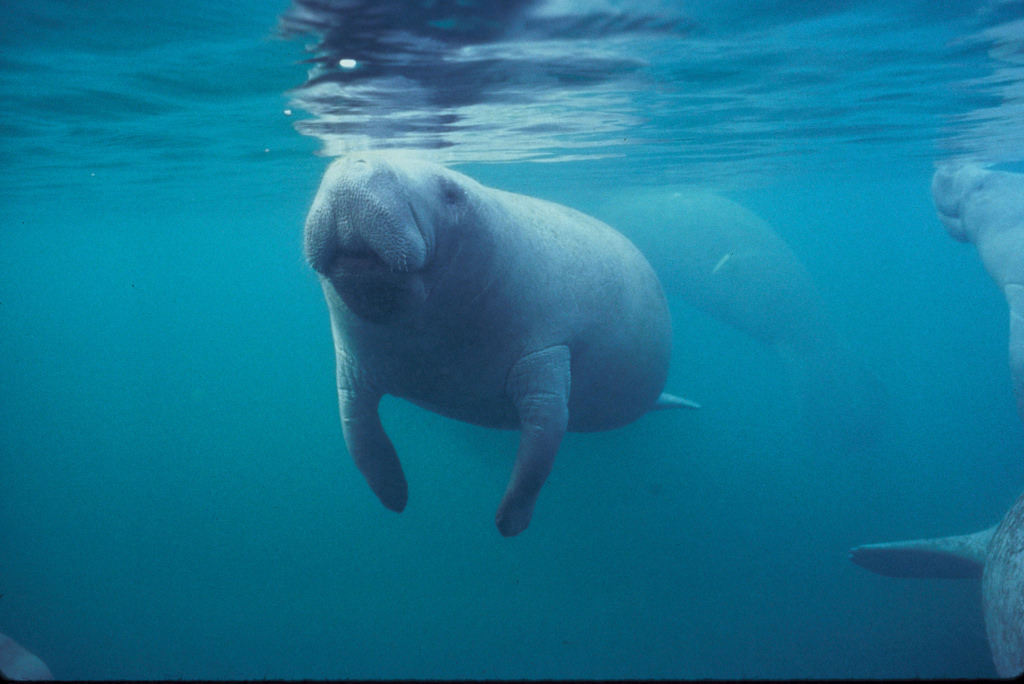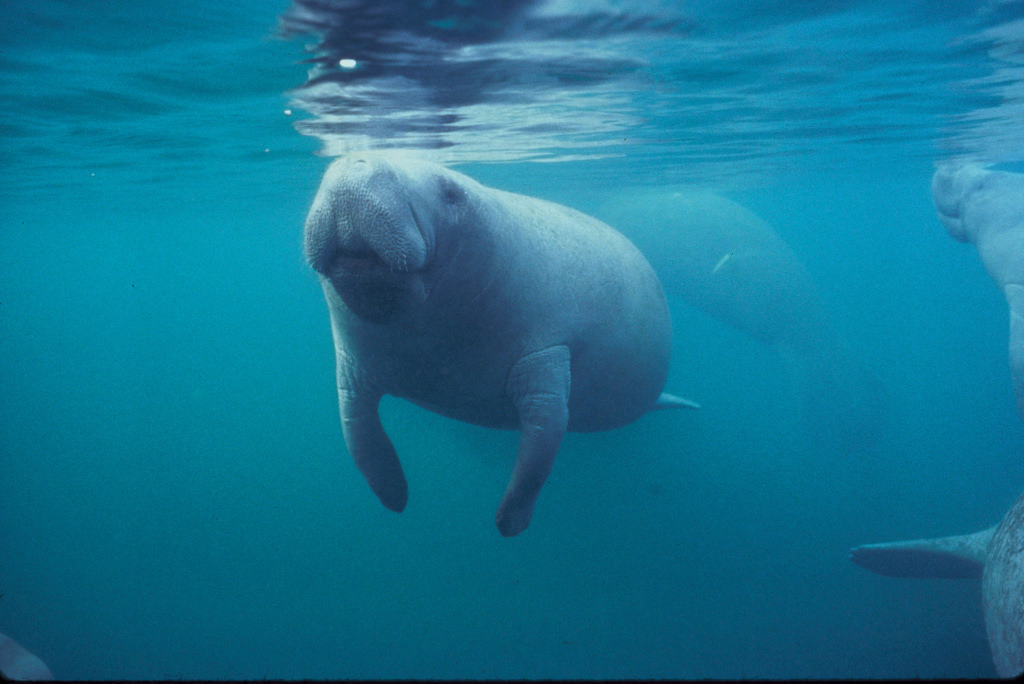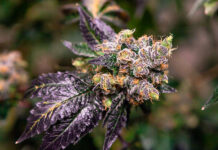
Florida’s many claims to fame lean heavily toward the recreational — endless white sand beaches, lively nightclubs throughout Miami, watersports galore, and, of course, Walt Disney World Resort in Orlando. Not to be overlooked: the adorable, official state marine mammal, the manatee, and orange groves that scent the air for miles (most U.S. citrus fruits are cultivated in Florida).
Yet for all of its success as a beacon for rest, relaxation, and retirement, the Sunshine State has cast storm clouds on recreational use of marijuana — and overturned a ban on smokable medical marijuana after a protracted court battle. On March 18, 2019, Republican Gov. Ron DeSantis signed into law a bill allowing patients to actually smoke their medical weed. Previous lawmakers had banned smoking medical marijuana, but allowed cannabis in capsules, oils, edibles, and vapes.
It’s been a twisty road to legalize medical marijuana in Florida. And adult-use remains illegal. So before you head out on a Florida sightseeing trip expecting to toke up, make sure you know all the rules.
Permanent or seasonal Florida residents must be diagnosed with a qualifying medical condition by a qualified physician in order to be entered in the Medical Marijuana Use Registry. Seasonal residents include those who have lived in Florida for at least 31 consecutive days in a year, maintain a temporary residence, return to Florida at least once a year, and are registered to vote or pay income taxes in Florida. Qualifying medical conditions include:
- Amyotrophic lateral sclerosis (ALS), or Lou Gehrig’s disease
- Cancer
- Crohn’s disease
- Epilepsy
- glaucoma
- HIV/AIDS
- Multiple sclerosis (MS)
- Parkinson’s disease
- Post-traumatic stress disorder (PTSD).
Also included are terminal conditions diagnosed by a physician other than the physician issuing the certification, and chronic pain caused by a qualifying medical condition.
After the physician enters the patient information and the prescription into the registry, the patient can apply for a Medical Marijuana Use Registry identification card. The patient can fill the prescription at any licensed Medical Marijuana Treatment Center (MMTC). There are more than a hundred MMTC dispensaries throughout the state. These Florida medical marijuana dispensaries can be found on Weedmaps, or they can be located and searched on the Office of Medical Marijuana Use (OMMU) website. MMTCs also can offer delivery to patients.
How to Consume
Patients can use low-THC cannabis, defined as dried cannabis flowers containing 0.8 percent or less of THC and more than 10 percent of cannabidiol (CBD) by weight for each, and marijuana designated for medical use purchased from an MMTC. Patients can consume cannabis as edibles and through sprays, oils, vaping products, pills, and now smoking.
What Isn’t Allowed
Adult-use cannabis remains illegal in the state. And though patients can now smoke medical marijuana, it can’t be smoked in any public place — including your vehicle — or in an enclosed indoor workplace. Further, though medical marijuana is legal and available in the state, transporting it into or out of the state is illegal under federal law. Public use of all forms of cannabis is illegal, except for low-THC cannabis.
Children younger than 18 can’t legally smoke it for medical purposes unless the patient is diagnosed with a terminal illness.
Home cultivation is illegal in Florida.
A vintage postcard illustrates Florida’s famous orange groves. The Sunshine State forbids adult-use cannabis. (Photo from Boston Public Library via Flicker)
First-Time Use
If you think you have a qualifying condition that could be treated with medical cannabis use, then find a physician who can get you started on the process. There are many possible medical conditions that can qualify, so it’s important to ask your doctor about what to expect of medical marijuana for your specific condition. Always remember to follow the marijuana mantra of first-time use: Start low and slow.
Cannabis Legalization in Florida
The state legislature passed the Compassionate Medical Cannabis Act in 2014, which allowed seriously ill patients with cancer or epilepsy to use low-THC cannabis. The Florida Right to Try Act became law in 2015, which let doctors administer experimental medications to terminally ill patients. In 2016, low-THC cannabis and medical cannabis were added to the Right to Try Act. The Florida Medical Marijuana Legalization Initiative passed with 71 percent of the vote on Nov. 8, 2016, allowing for broader legalization of medical cannabis and expanded qualifying conditions.
DeSantis signed SB 182 into law on March 18, 2019, which allows a qualified physician to determine whether a patient can smoke medical marijuana. Smoking medical marijuana had previously been illegal in the state.
Featured Image: A manatee, Florida’s official state marine mammal, swims near the surface of the water. (Photo by U.S. Fish & Wildlife Service via Flicker)















